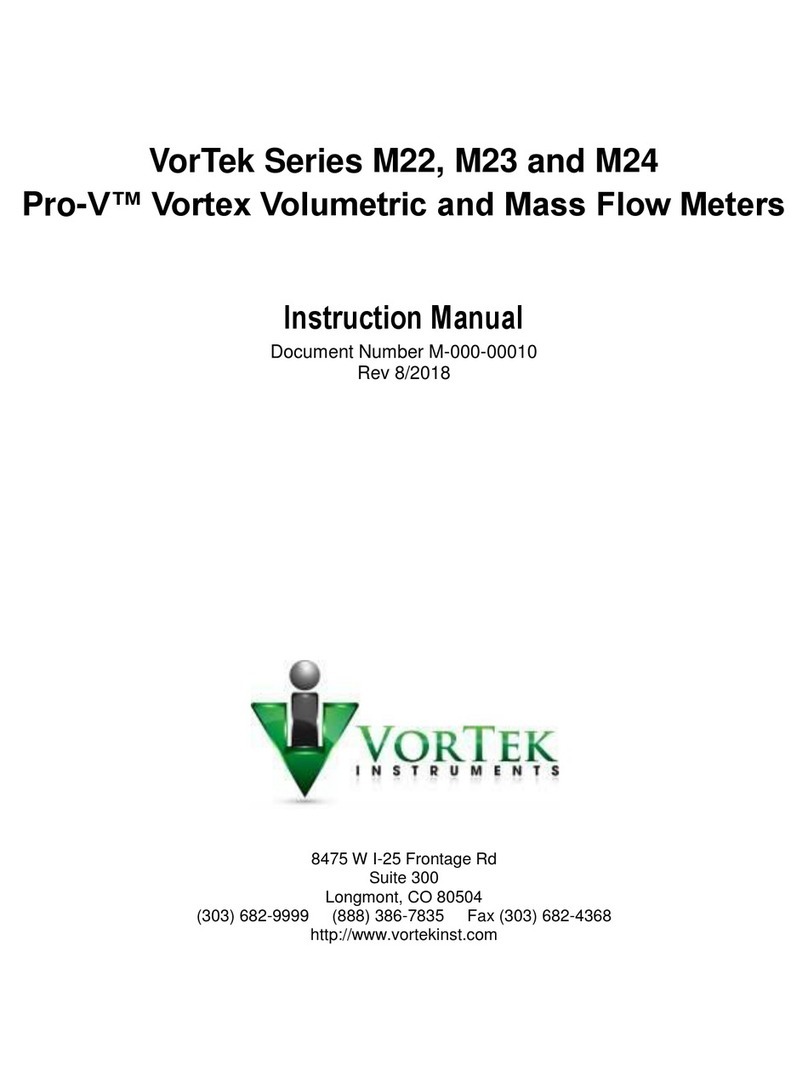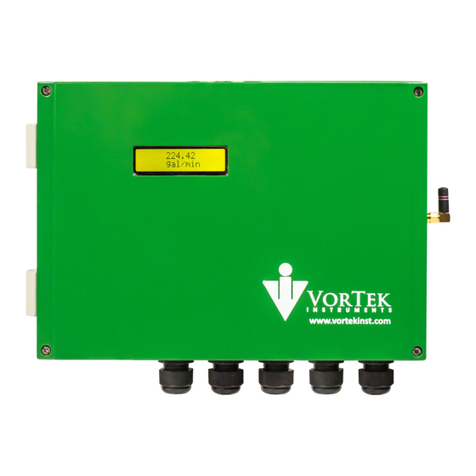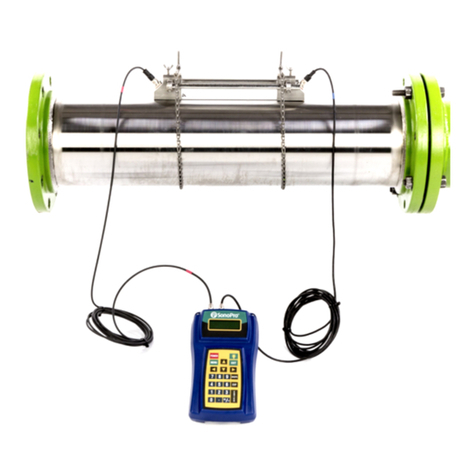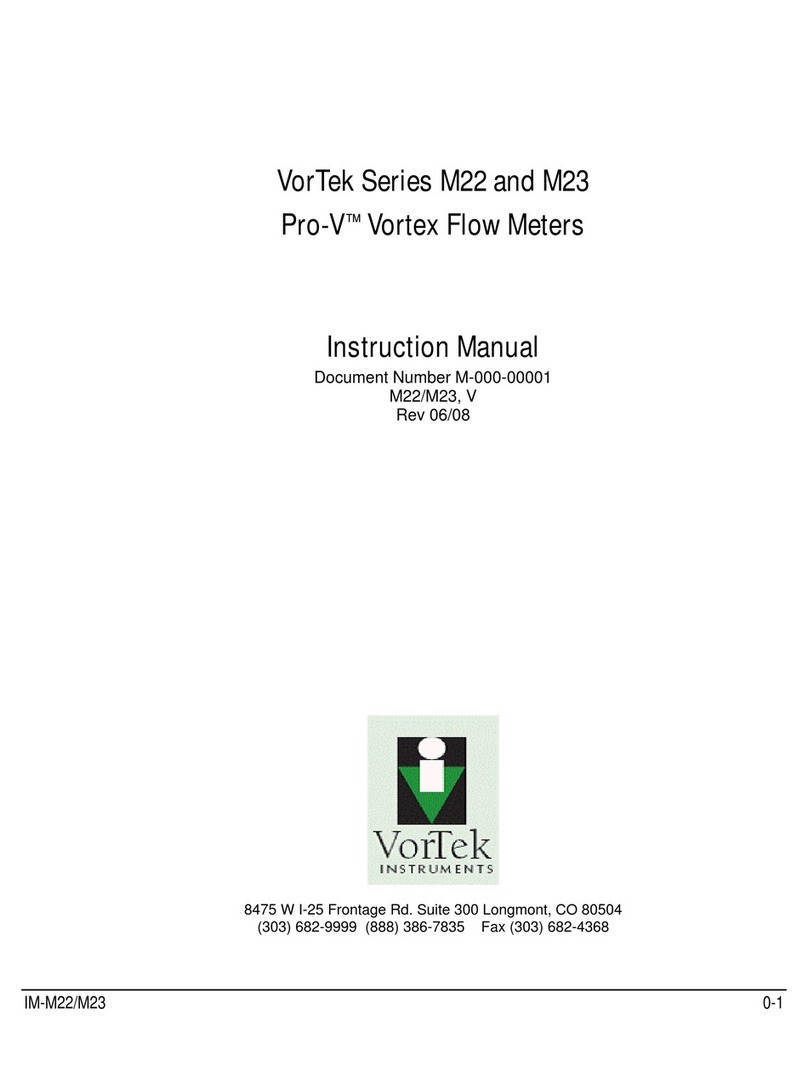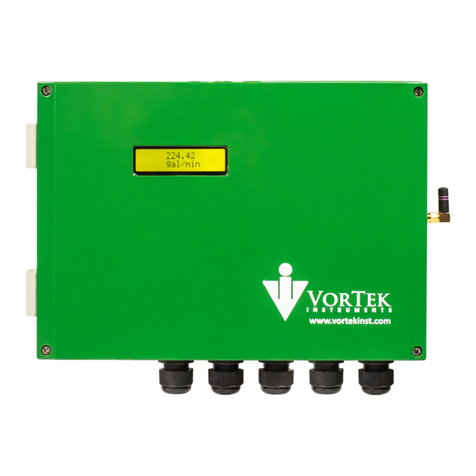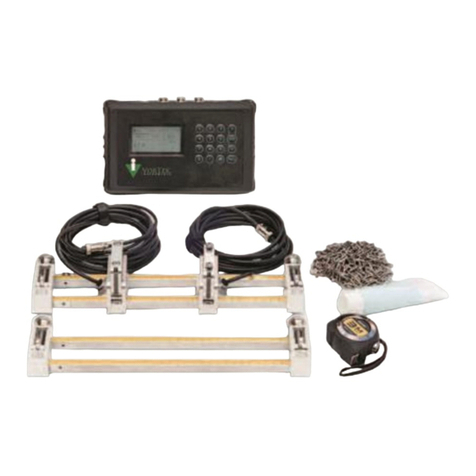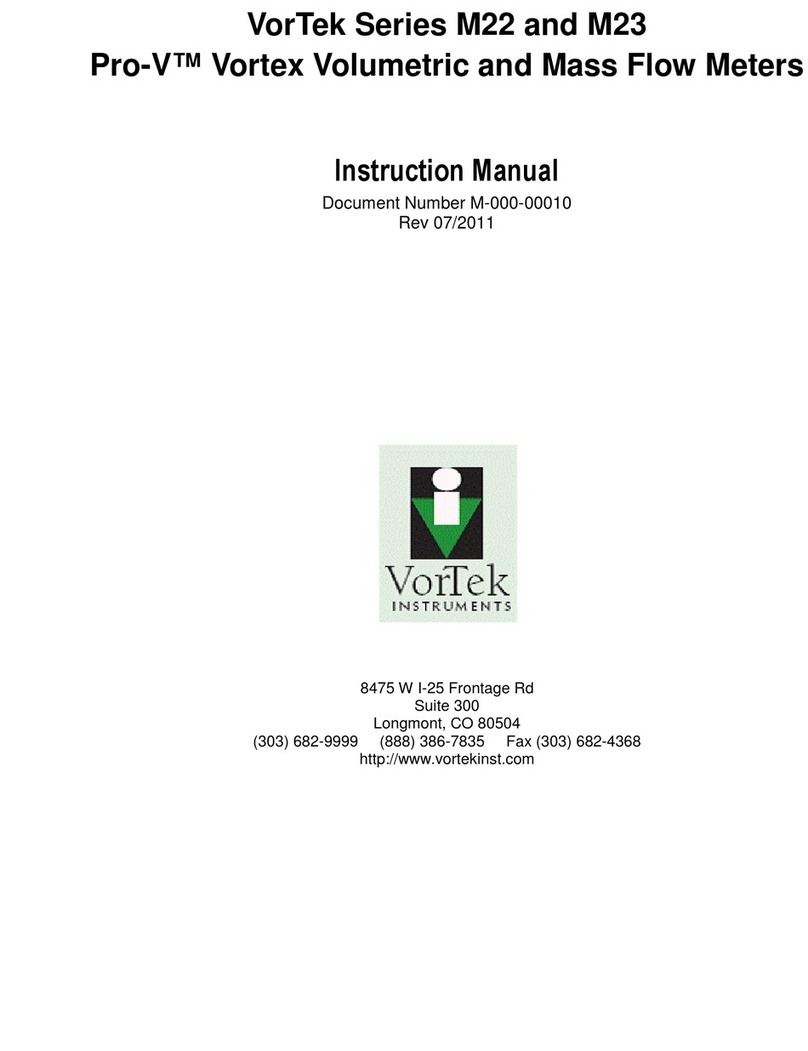MT160 Instruction Manual
800103 9
3 Preparation
3.1 Transducer Selection
The gauge is inherently capable of performing measurements
on a wide range of materials, from various metals to glass and
plastics. Different types of material, however, will require the use
of different transducers. Choosing the correct transducer for a job
is critical to being able to easily perform accurate and reliable
measurements. The following paragraphs highlight the important
properties of transducers, which should be considered when
selecting a transducer for a specific job.
Generally speaking, the best transducer for a job is one that
sends sufficient ultrasonic energy into the material being
measured such that a strong, stable echo is received by the gauge.
Several factors affect the strength of ultrasound as it travels. These
are outlined below:
Initial Signal Strength. The stronger a signal is to begin with,
the stronger its return echo will be. Initial signal strength is largely
a factor of the size of the ultrasound emitter in the transducer. A
large emitting area will send more energy into the material being
measured than a small emitting area. Thus, a so-called “1/2 inch”
transducer will emit a stronger signal than a “1/4 inch” transducer.
Absorption and Scattering. As ultrasound travels through any
material, it is partly absorbed. If the material through which the
sound travels has any grain structure, the sound waves will
experience scattering. Both of these effects reduce the strength of
the waves, and thus, the gauge’s ability to detect the returning












